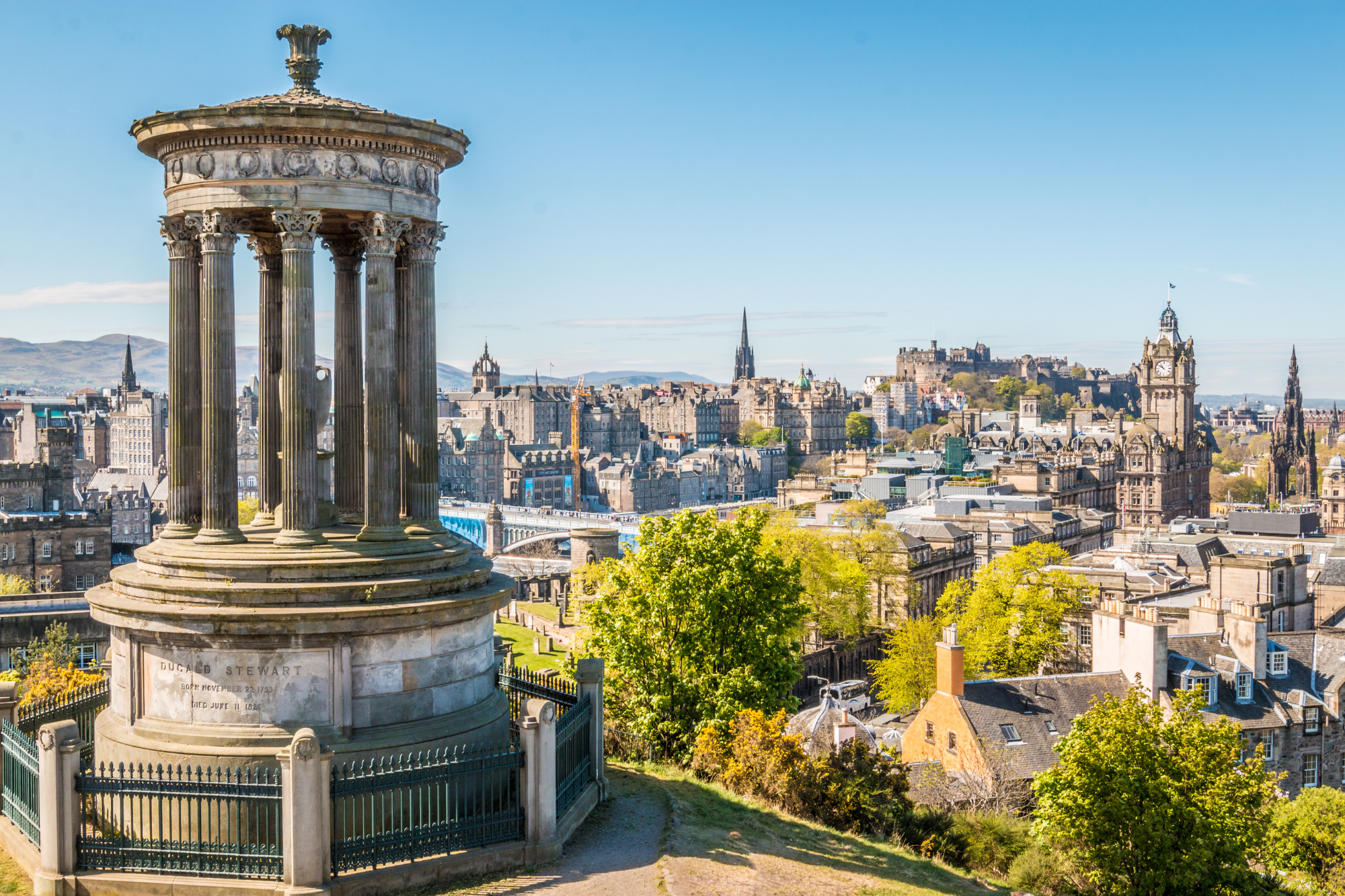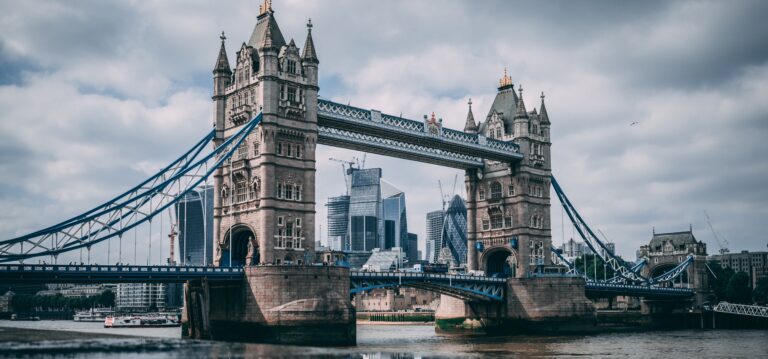
Scotland’s not-so-sustainable population policy
Scotland has just published its first-ever national population strategy. Population Matters Director Robin Maynard takes a look and laments the disconnect between the country’s many other progressive policy positions and its conventional pro-growth approach.

One of Population Matters’ longstanding calls to action is that every country should have a ‘Sustainable Population Policy‘. The UK doesn’t, despite its population projected to pass 70 million in the next ten years, becoming one of the largest nations in Europe. You might expect me to be delighted that Scotland’s devolved administration has further demonstrated its independent thinking by publishing the country’s first national population strategy.
Unfortunately, there is a disconnect between Scotland’s other distinctive, progressive policy positions and that on population. Last year, First Minister Nicola Sturgeon launched her Programme for Government with a strong emphasis on tackling climate change through a ‘Green New Deal’ package of £3 billion in green finance investments – building on Scotland’s more rapid progress in transitioning to a carbon-neutral economy than the UK as a whole. Since 1990, Scotland has almost halved its carbon emissions, with three-quarters of its electricity generated from renewables.
Compared to England’s ranking as one of the most densely populated countries in Europe at 426 people per square kilometre, Scotland on average has under 70 citizens per square kilometre, down to just 8 in the Highlands! Not surprisingly, research by the Global Footprint Network in partnership with Stirling University found, almost uniquely amongst developed countries, that Scotland was close to having a biocapacity reserve (the productivity of available nature, natural resources and ecosystems) nearly matching and so balancing out the ecological footprint of its citizens. Scotland’s biocapacity of 3.6 hectares available per resident is 3 times greater than that south of the Border.
Growth, growth and more growth
Instead of celebrating being on the brink of ‘One Planet Living‘ status and consolidating its eco-distinctiveness – Scotland’s population policy is characterised by deeply un-green, conventional economic thinking. Growth, as measured by GDP, is its primary concern and driver, and that means growth in its population as workers, taxpayers, consumers and pension providers. The policy is carefully worded – “It is not for government to seek to dictate or influence whether an individual should have a child or how many children they should choose to have. However, there is a role for government in addressing the barriers that may prevent individuals and couples from starting a family.” But in practice there is little to distinguish it from the pro-natalist policies popping up across the world from Greece to Korea. One chapter is simply titled ‘Growing Our Population’.
Many in Scotland have called for a Scottish Green New Deal – in the words of the Scottish Green Party, one that “uses every lever available to Scotland to respond to the climate emergency and deliver the transformational change that is needed”. Having a population policy that recognises and celebrates the fact of its citizens choosing to have smaller families, so reducing their ecological footprint, and achieving an overall smaller population in balance with the country’s biocapacity and ‘fair share’ of global resources offers one key lever and would demonstrate truly distinctive, progressive and independent leadership.



